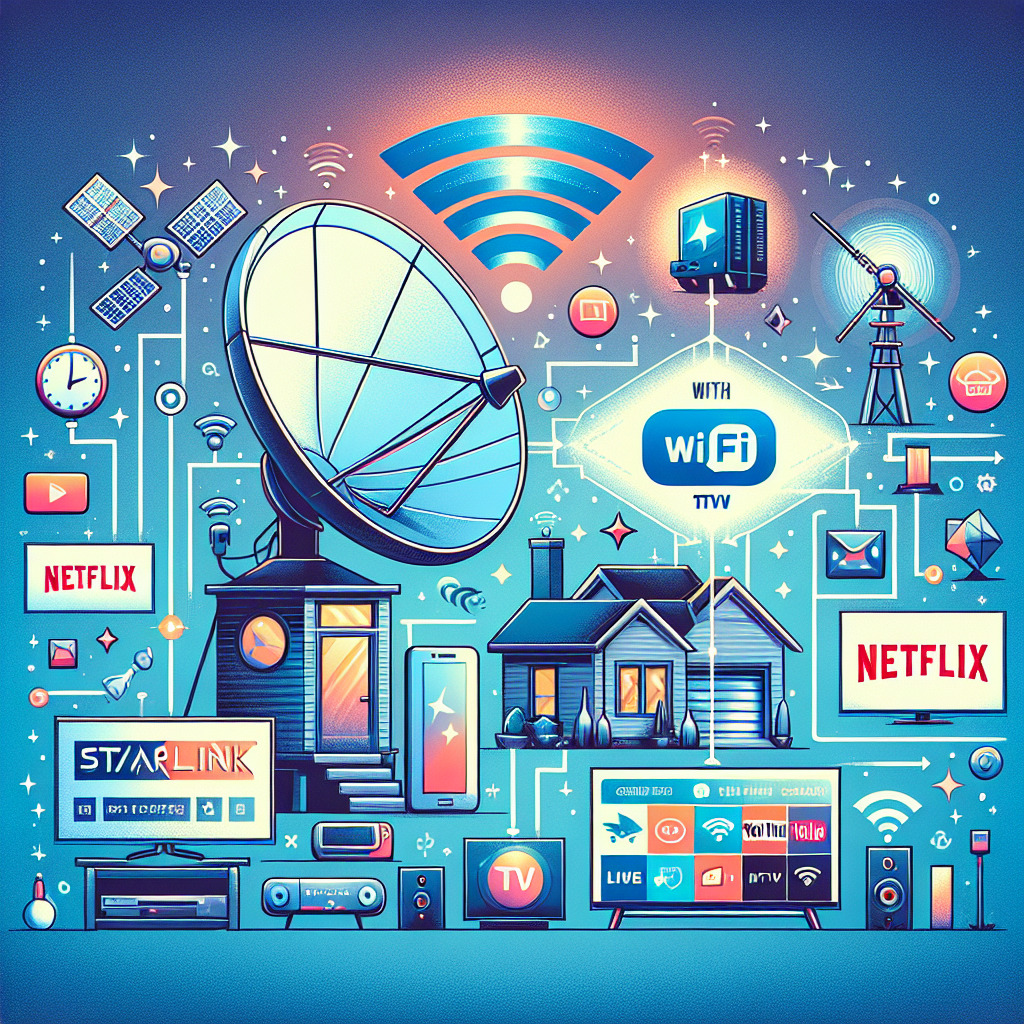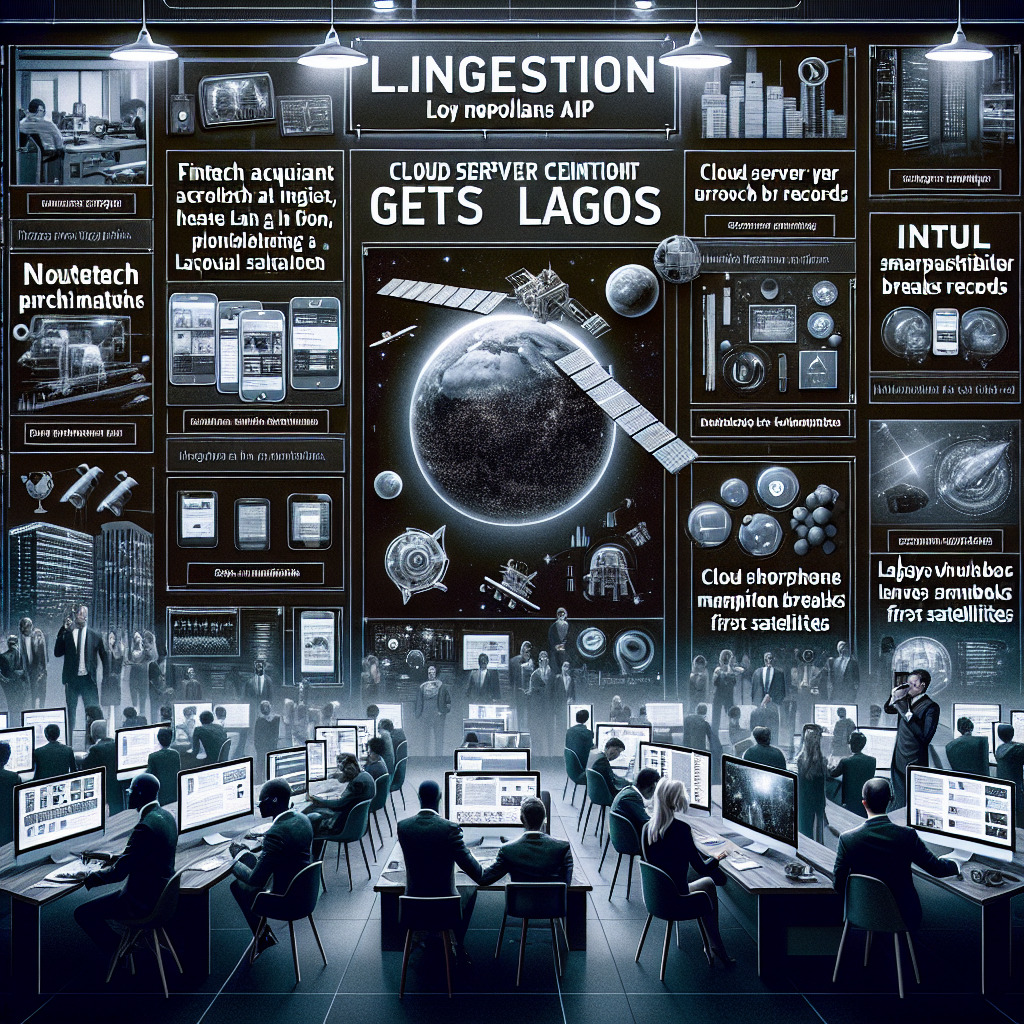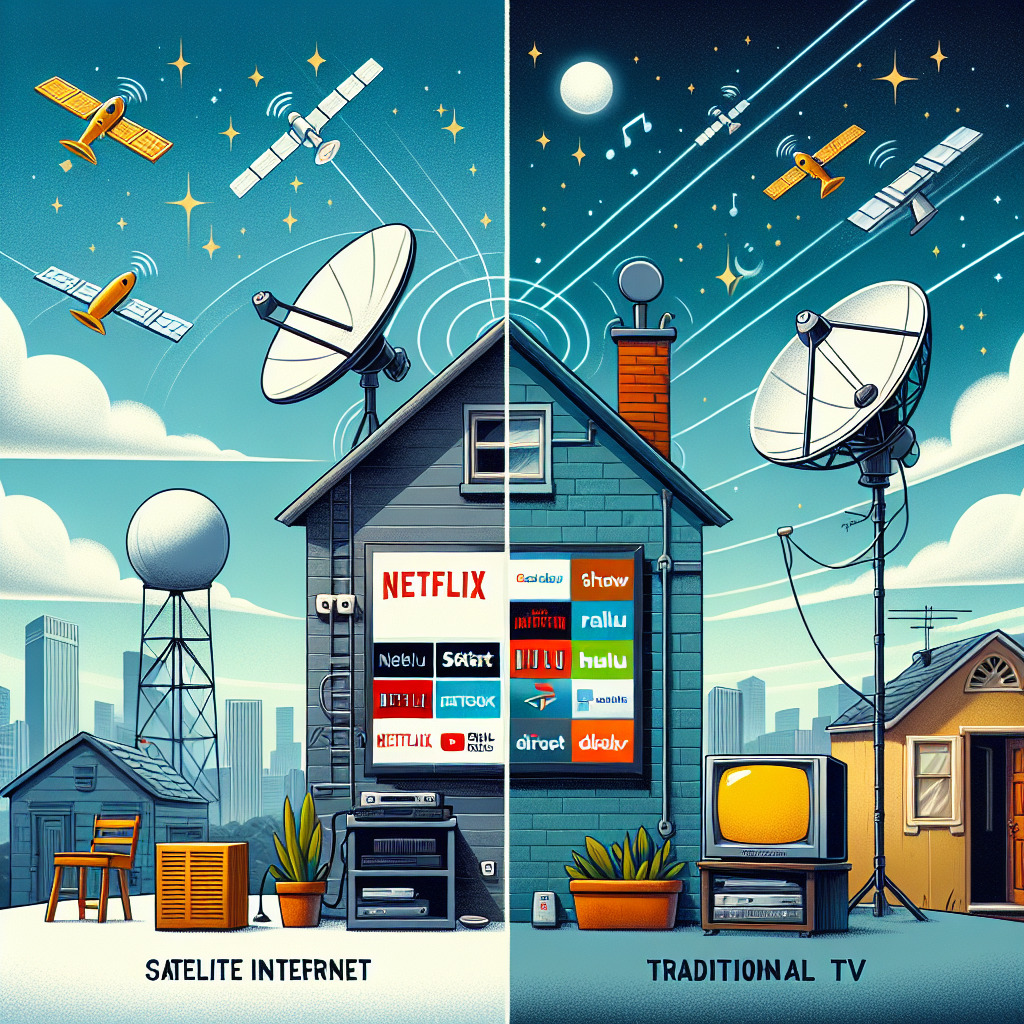Key Takeaways
– Starlink offers high-speed internet, crucial for streaming services.
– Suitable for Netflix, Amazon Prime, and more, enhancing rural TV viewing.
– Potential challenges include data caps, latency, and weather impact.
Introduction to Starlink Technology
Elon Musk’s ambitious satellite internet project under SpaceX is making waves, particularly in the realm of television consumption. As conventional cable TV gives way to the rise of internet-based streaming, high-speed internet options like Starlink play a pivotal role. This blog post delves into how Starlink can revolutionize TV viewing no matter where you are.
Understanding Starlink
What is Starlink?
Starlink represents an innovative satellite internet constellation venture aimed at delivering global high-speed internet, specifically targeting underserved regions.
- Utilizes LEO (low Earth orbit) satellites: These satellites form a mesh network to beam internet to ground receivers.
- Global Coverage: Designed to provide internet access to remote and rural areas where traditional services falter.
How Does Starlink Work?
Starlink’s operational mechanism involves several key components:
- Satellites in Orbit: Positioned around 550 kilometers above Earth, reducing latency compared to conventional satellites.
- Ground Stations: Essential for linking satellites to the terrestrial internet backbone.
- User Terminals: The Starlink dish, using phased-array technology, maintains a reliable connection with satellites.
Using Starlink for Television
While Starlink is primarily an internet service provider, its high-speed connectivity significantly supports various TV viewing methods.
Streaming Services
By leveraging Starlink internet, users can access a plethora of streaming services such as:
- Netflix
- Amazon Prime Video
- BBC iPlayer
- Disney+
Connecting your smart TV, computer, or streaming device to Starlink allows you to enjoy an array of TV content seamlessly, no matter your location.
IPTV (Internet Protocol Television)
IPTV offers another viable method for consuming TV content over the internet, providing:
- Live Channels
- Video on Demand (VOD)
- Time-shifted TV options
With Starlink’s high-speed internet, IPTV becomes a practical and effective way to watch TV without the limitations of traditional cable services.
Challenges and Considerations
Though promising, several factors should be considered when relying on Starlink for TV viewing:
Data Caps
Potential data limitations: While not currently enforced, future data caps could restrict the amount of content you can stream.
Latency
Latency issues: Although much improved compared to traditional satellites, Starlink’s latency might still be slightly higher than fiber or cable, potentially affecting real-time streaming and gaming experiences.
Weather Dependence
Weather impact: Severe weather conditions could disrupt the satellite signal, leading to interruptions in TV quality.
Advantages of Watching TV with Starlink
Despite the challenges, Starlink offers several compelling benefits for TV consumption:
Accessibility
Overcoming geographical barriers: Provides internet in areas where traditional services are unavailable, significantly expanding TV access.
High-Speed Internet
Support for high-definition streaming: Download speeds ranging from 50 to 150 Mbps allow for smooth HD and 4K streaming, ensuring an optimal viewing experience.
Portability
Internet on the go: The movable Starlink dish facilitates internet connectivity and TV streaming from virtually any location with a clear sky view. Ideal for RVs, campsites, and other mobile applications.
The Future of Starlink and Television
The evolution of Starlink is expected to bring several enhancements that will further improve TV viewing:
Speed and Latency Improvements
Advancing technology: As Starlink launches more satellites and refines its technology, we expect significant upgrades in both speed and reduced latency.
Robust Service
Enhanced reliability: Future improvements promise a more robust and reliable service, reducing disruptions due to weather conditions or other factors.
Expanding Applications
More than just TV: Beyond traditional TV, Starlink will likely support advanced applications such as cloud-based gaming, virtual reality experiences, and immersive TV technologies.
Conclusion
In summary, although primarily designed as an ISP, Starlink provides a strong foundation for television consumption through streaming services and IPTV. This innovative technology is especially beneficial for remote and rural areas, transforming how and where we watch TV. With continuous advancements, Starlink stands to significantly impact the future of television, offering high-speed streaming capabilities wherever you go.




